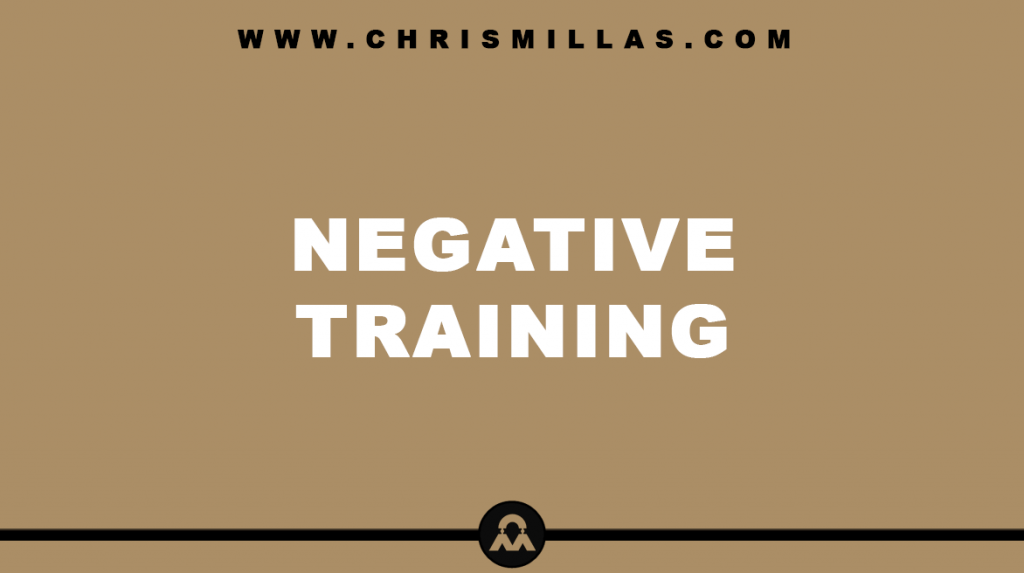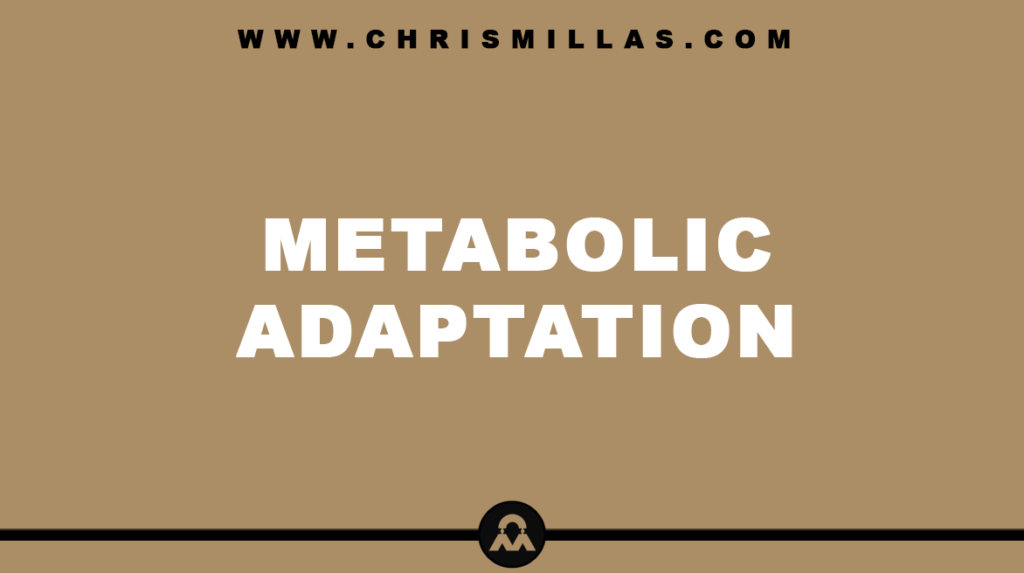In this post, we’ll unpack all you need to know about Negative Training, defining exactly what it is, how we can use it as a way to maximise muscle growth and more.
What Is Negative Training?
Negative Training (NT), also known as eccentric training, is a technique that involves extending your time under tension during the lengthening phase of a movement.
What Is An Example Of A Negative Training Exercise?
An example of a Negative Training exercise or example is the downward phase of a bicep curl. During this phase, emphasis is placed on the downward movement instead of the upward movement.
The Power Of Negative Training
When it comes to bodybuilding, negative movements create positive muscle growth.
Studies show that Negative Training is less stressful on the body yet paradoxically causes more microscopic tears to muscle tissue (compared to concentric movements). This ultimately leads to bigger and stronger muscles.
This is because muscles can manage substantially more weight during the eccentric phase of a movement compared to the concentric phase of a movement (by up-to 40%), when you’re fighting either gravity or the machine’s recoil.
In addition, while an eccentric movement requires less energy than a concentric movement, it actually creates more force. This not only optimises muscle growth, but also increases metabolism, thus promoting weight loss.
According to research from Wayne State University, a full-body eccentric workout increased the resting metabolism in athletes by 9% and for no less than 3 hours following the exercise.
Benefits Of Negative Training
- More muscle fibers recruited.
- More fast-twitch muscle fibers recruited which contribute predominantly to muscular size.
- Greater stimulation of muscle fibers.
- Causes more microscopic muscle fiber tears.
- Works the entire joint structure which results in more strength, stability, range of motion and healing properties.
- Maintains strength gains longer which counteract the detraining process.
More Muscle, Less Fat
Negative Training stimulates the production of growth hormone (GH), insulin-like growth factor 1 (IGF-1), mechano growth factor (MGF), interleukin-6 (IL-6) and interleukin-15 (IL-15). These hormones not only lead to muscle hypertrophy, but also oxidize fat cell content at a faster rate.
It is believed that Negative Training decreases the effect of insulin on fat and increases the effect of insulin on muscle. Consequently, glucose and nutrients are directed away from fat cells which shrink and preferentially into muscle cells which expand. Thus, expanded muscle cells and shrunken fat cells equal more muscle and less fat. More muscle and less fat equal a stronger, leaner, better-shaped body.
More simply, by stimulating and directing the body’s natural hormones, NT provides the best possible way to build muscle and lose fat quickly.
How To Integrate Negative Training
Due to its nature, Negative Training requires a great deal of energy. As a result it can be very taxing on the Central Nervous System. Thus, it is important to be judicious in your use and application of this form of training when integrating it into your program.
As a rule of thumb, it is recommended to perform one exercise per workout per muscle group using the NT technique. This should preferably be at the beginning of your workout when you are freshest.
Summary (TL;DR)
Negative Training is a technique that involves placing emphasis on the eccentric phase of a movement rather than the concentric phase of a movement.
NT not only increases muscle damage which optimises muscle growth, but it also increases metabolism which optimises weight loss.







